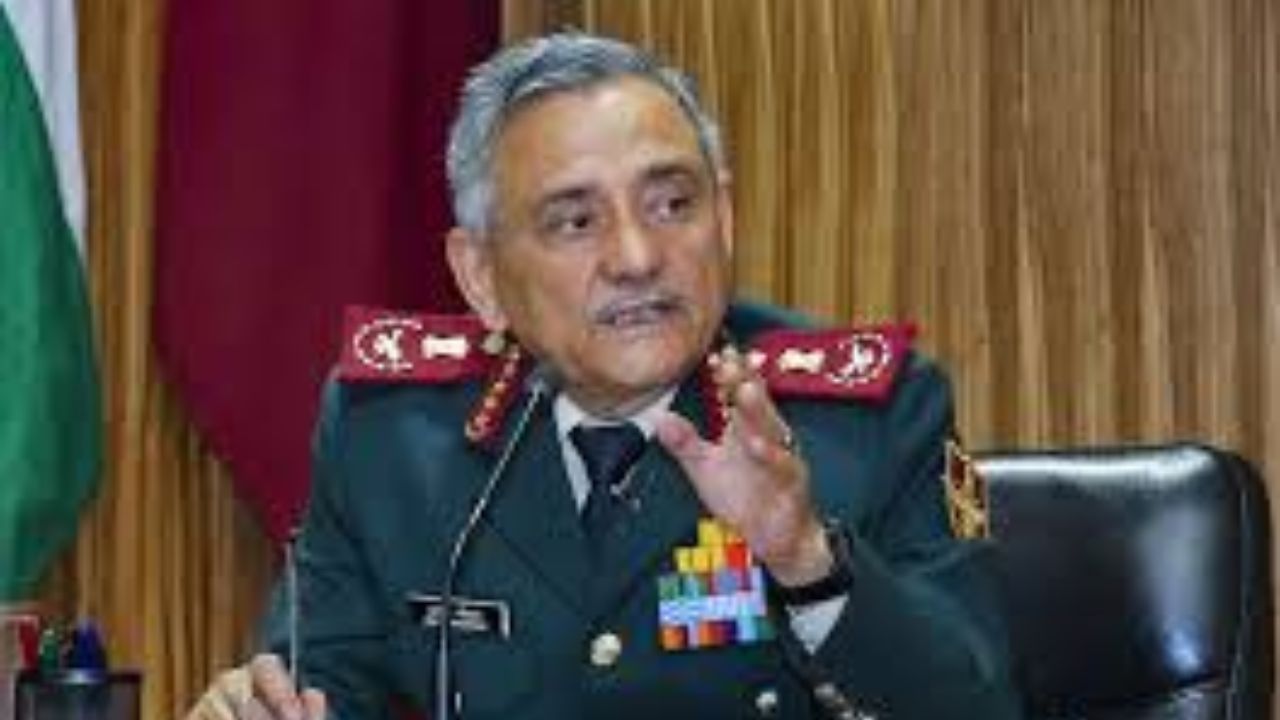CDS Anil Chauhan Highlights Disinformation as Major Challenge in Operation Sindoor: ‘We Chose Not to Be Reactive’
Anil Chauhan went on to say at least 15% of the armed forces' efforts in the mission were working against fake news and false narratives.

Chief of Defence Staff (CDS) General Anil Chauhan described Operation Sindoor as a "paradigm shift" on how wars are fought, emphasizing that wars today are about technology, turning points, cyber and information control and operations.
The operation began on May 7 with airstrikes on nine terror camps in Pakistan and Pakistan-occupied Kashmir – but General Chauhan emphasized that the mission represents much more than a physical fight.
1) Operation Sindoor exemplifies a "multi-domain" shift
In an address to the Shangri-La Dialogue in Singapore, General Chauhan said Operation Sindoor demonstrated the "non-contact" war "multi-domain" principle by depending on, not just traditional military positioning and action, but also cyber capabilities, intelligence, disinformation management, and multiple agencies working in concert across land, air, sea, and cyber dimensions of the operation.
He said that this orientation, and shift in "strategy" fundamentally changes how battles are fought - that is, moving away from large, fixed military assets and activity - and allowing for more flexible and deceptive options on how wars and conflicts are conducted.
“Modern warfare is undergoing a complex convergence of tactical, operational and strategic layers; old and new domains (land, air, sea, cyber and space); and even of time and space,” news agency ANI quoted Anil Chauhan, as saying.
2) 15% of forces' effort wasted countering disinformation
A key challenge arising out of Operation Sindoor was disinformation. General Chauhan said that up to 15% of the armed forces wasting their efforts in the mission on denouncing false stories and battling unhelpful narratives.
“Combating fake news was a constant effort. Our communication strategy was deliberate; we chose to be measured, not reactive, because misinformation can quickly distort public perception during high-stakes operations,” he said.
According to Chauhan, India should concern itself with how it can try to control the narrative with verified facts and data – even if it protects a slower trickle to affect the public.
“In the first three days, two women officers were our primary spokespeople because the actual military leadership were directly engaged in fast-moving operations. It was only after the 10th that the DGMOs came forward to brief the media.”
3) India remained resilient against cyber attacks
Concerning the use of cyber capabilities, the CDS mentioned that cyberattacks from both sides occurred, but that these attacks did not touch upon core military capabilities.
“Our military systems are air-gapped, meaning they're not connected to the internet and are therefore largely secure. Attacks on public-facing platforms like school websites may have occurred, but they did not affect operational systems,” the CDS explained, reported ANI.
Also Read: Manushi Chhillar Slams ‘Misogynistic Mindset’ Labeling Women in Film Industry as Gold Diggers
4) Integrated tech and real-time networking are key
He again stressed the consequences of technology, and integrated technology in war. “What matters most in modern warfare is the networking of systems and real-time integration across air, land, sea and cyber domains. If you have great tech but it's not connected, you can't fully leverage it.”
Speaking to international think tanks, Chauhan said India is preparing for war through technology, warfighting in a unified sense, and controlling narrative much better than they did - all of which should be evident in Operation Sindoor.
The General highlighted that wars today are not linear. “We're no longer fighting linear wars; we're operating across distributed networks, applying force in non-linear ways, where deception is becoming more important than surprise,” he said.
5) Military overhaul needed with focus on specialised units, joint training
New capabilities - such as drones or electronic warfare - will require new units. “We'll need separate organisations for drones, EW, UTAPs (Unmanned Teaming Aerial Platforms), etc,” he said.
He also highlighted the need for reform in structure and military training. He stated that India is heading towards a more unified and agile force.
“Earlier we didn't have true jointness or integration in the military. Now, after initiatives and operational experiences, we are moving toward integrated commands and leaner, more flexible structures.”
He added that India's professional military education is evolving. “For the first time, we have a truly joint staff course where 40 officers from all three services train together for a full year. That's a major shift.”
Also Read: JEE Advanced 2025 Result on June 2: What Comes Next for Aspirants
For breaking news and live news updates, like us on Facebook or follow us on Twitter and Instagram. Read more on Latest National News on The National Bulletin


